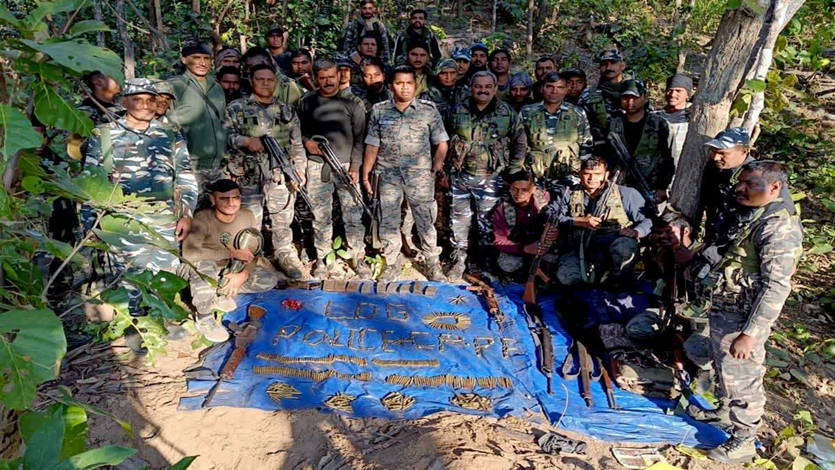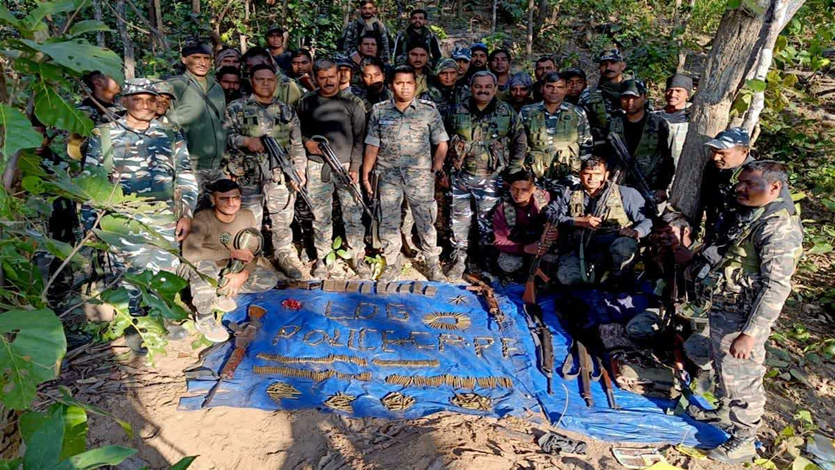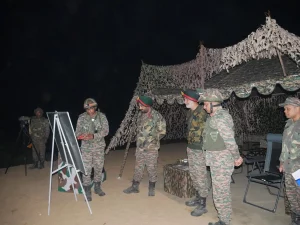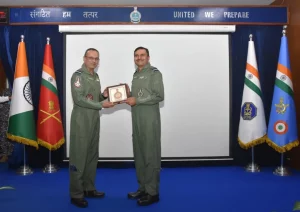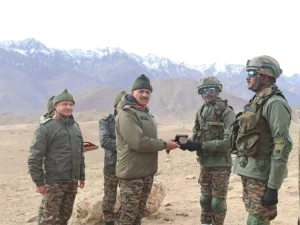In the din of Operation Sindoor, the media perhaps missed another crucial operation – Operation Kagar. It was launched on April 21, around the Karreguttalu hill range.
Operation Kagar
In the din of Operation Sindoor, the media perhaps missed another crucial operation – Operation Kagar. It was launched on April 21, around the Karreguttalu hill range straddling Telangana and Chhattisgarh, to neutralise the Maoists staying in the dense forests.
Security forces on Wednesday neutralised Nambala Keshava Rao, alias Basavaraju — the General Secretary and supreme commander of the CPI (Maoist) — in a prolonged and high-stakes anti-Naxal operation in the dense Abujhmad forests of Chhattisgarh’s Narayanpur district. Basavaraju, the most-wanted Naxal in the country with a bounty of Rs 1.5 crore on his head, was the ideological and tactical brain behind some of the deadliest Maoist attacks in India. His death is being hailed by the security establishment as one of the most decisive blows to the Maoist insurgency in recent history.
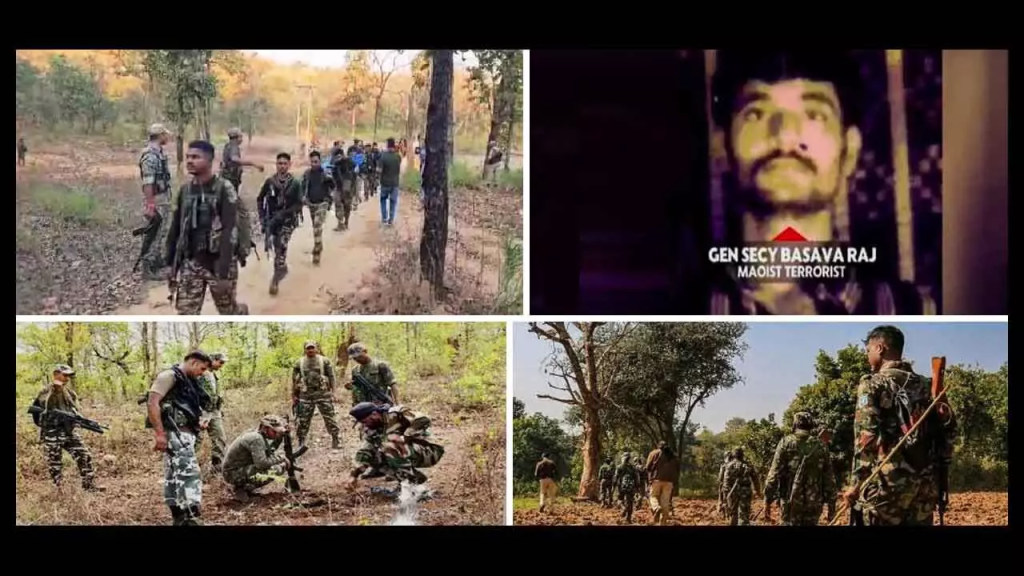
Known by various names like Kagar, Sankalp, Black Forest and Karreguttalu, the operation deployed 10,000 personnel of the CRPF the Commando Battalion for Resolute Action or CoBRA, the District Reserve Guards of the Chhattisgarh Police, the Greyhounds of Telangana, and also police personnel. Based on intelligence inputs that about 400 Maoists, including top leaders, were camping in Karreguttalu, the operation was launched covering an area of 288 sq km. The “biggest operation till date”, as stated by Home Minister Amit Shah, was monitored by top officials all the way. The CRPF Director General, G P Singh, even camped in the area till it was called off on May 11.
The Union Home Minister announced that the central government is working towards a Naxal-free India, setting a target to eliminate Naxalism by 31st March 2026, ensuring that no citizen has to lose their life because of it.
Naxalism
Naxalism, a form of Left Wing Extremism (LWE) inspired by Maoist ideology, seeks to overthrow the state through armed rebellion (violence and guerrilla warfare).
The term Naxalism derives its name from the village Naxalbari in West Bengal, where an uprising of peasants occurred in 1967 against exploitative landlords.
It has since evolved into a complex insurgency affecting several states across India.
The Naxal movement is most active in the “Red Corridor,” spanning parts of several Indian states, including Chhattisgarh, Jharkhand, Odisha, Maharashtra, and Bihar.
